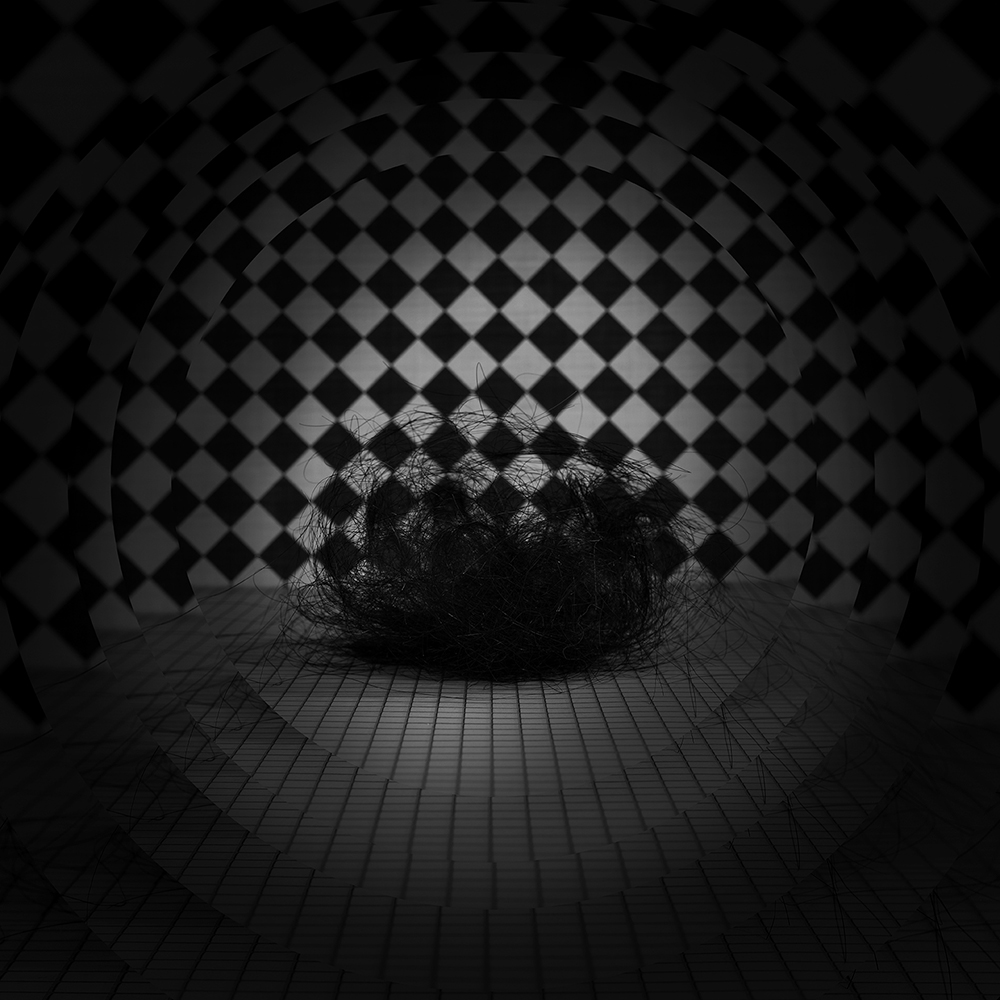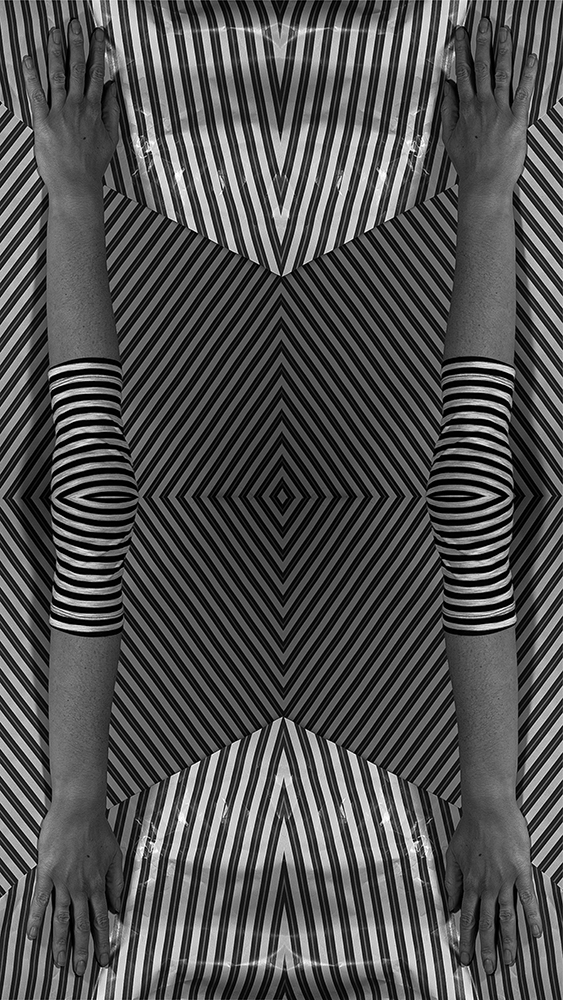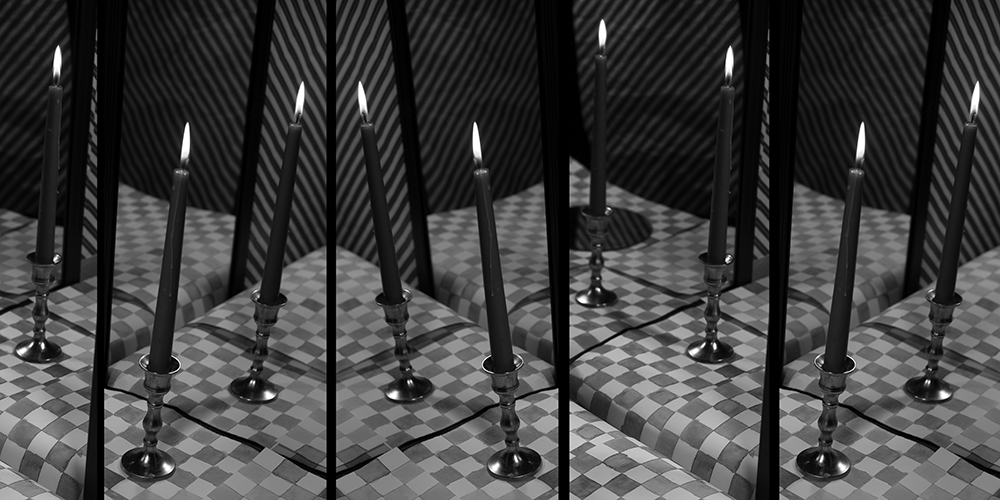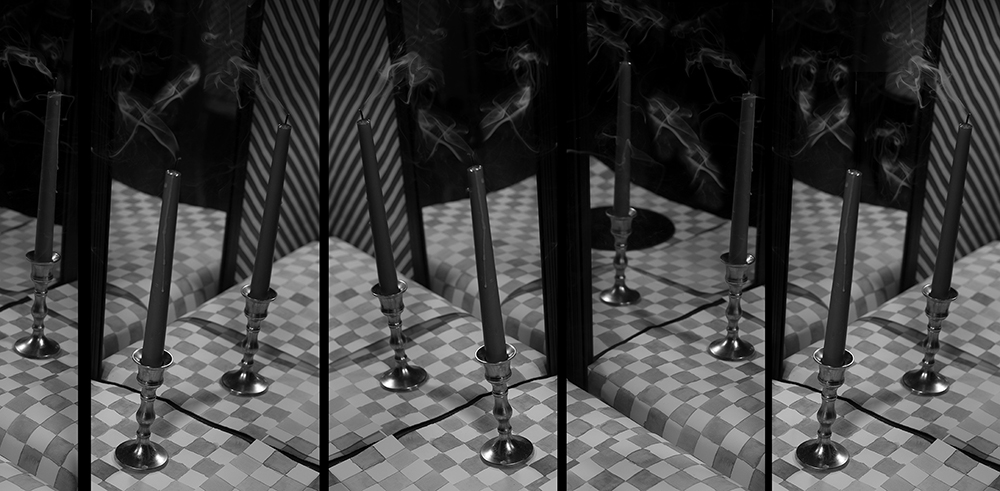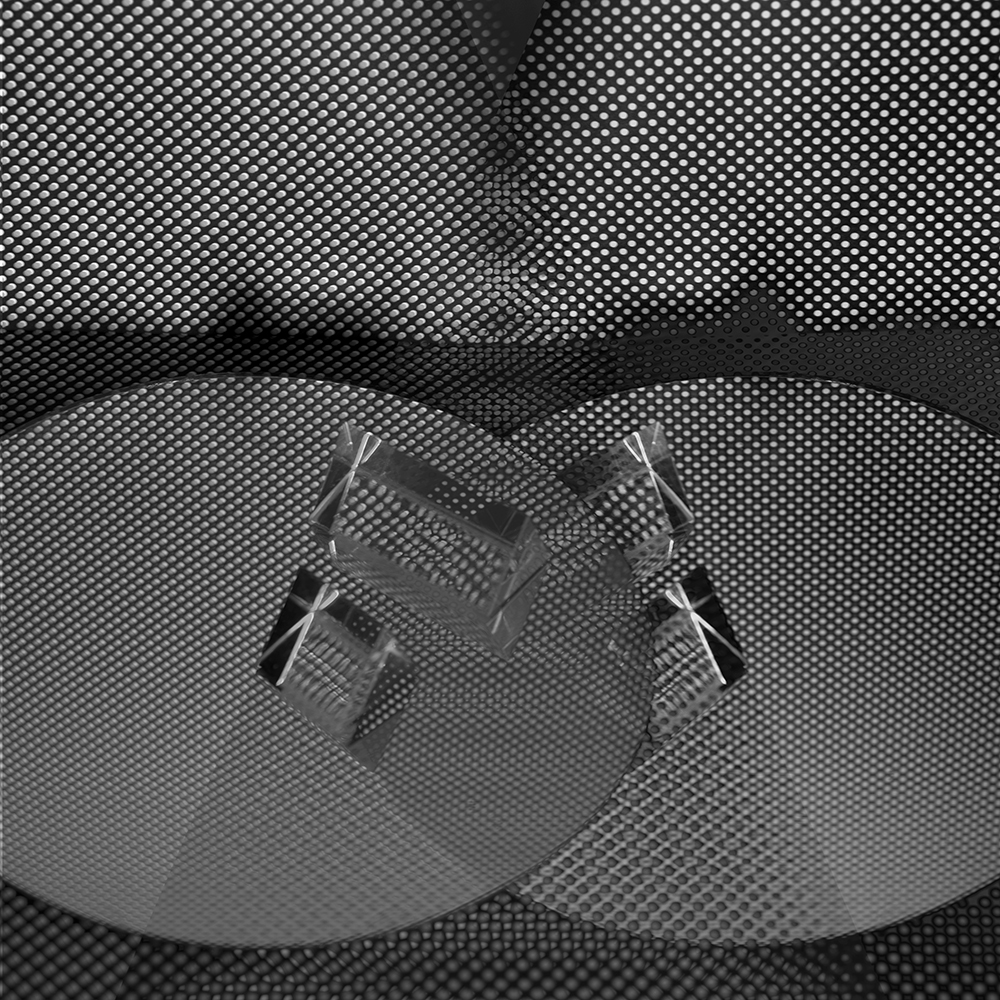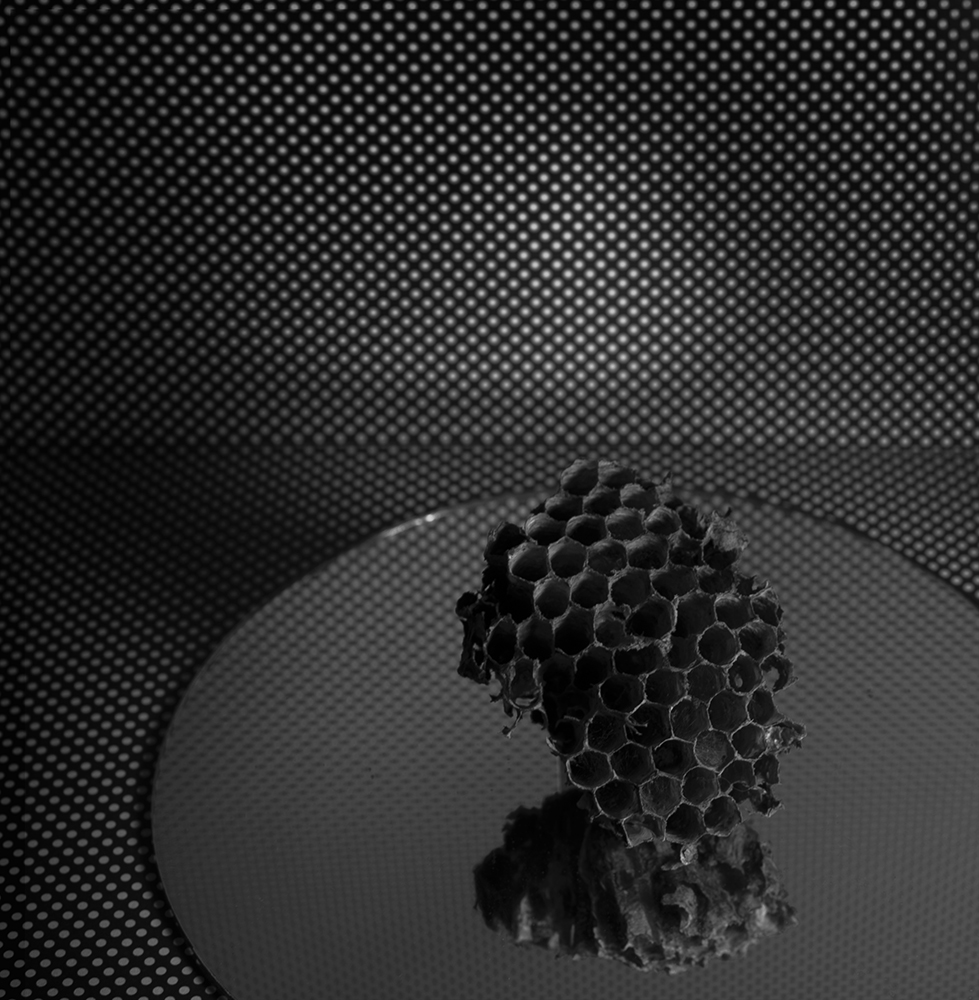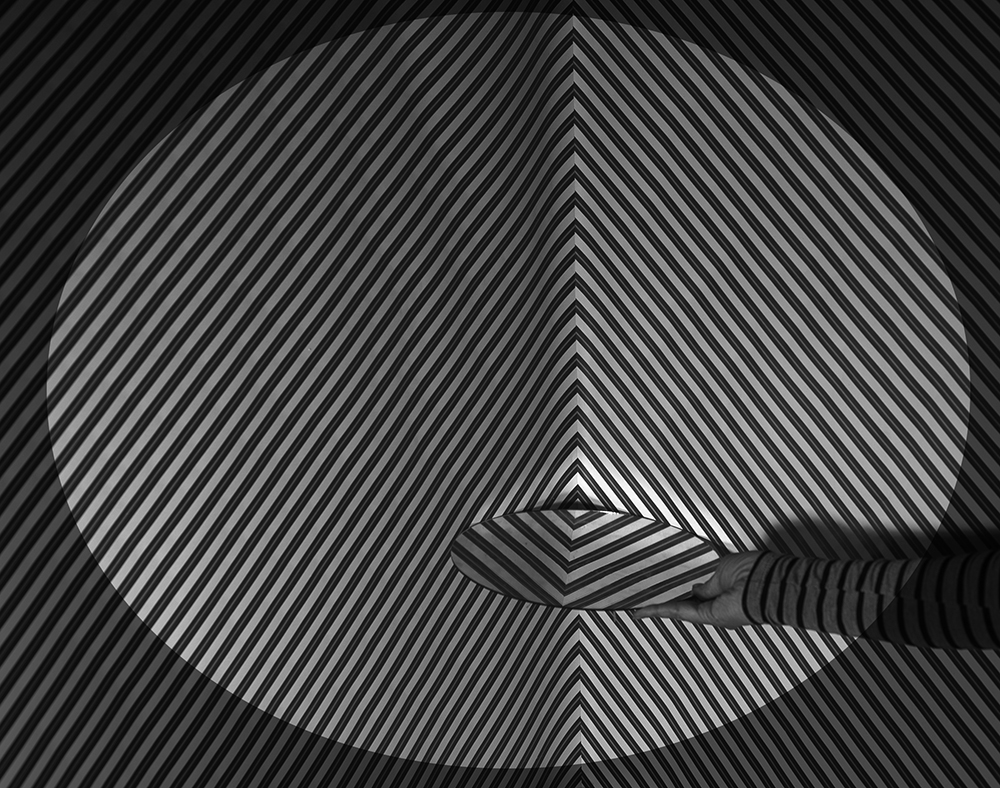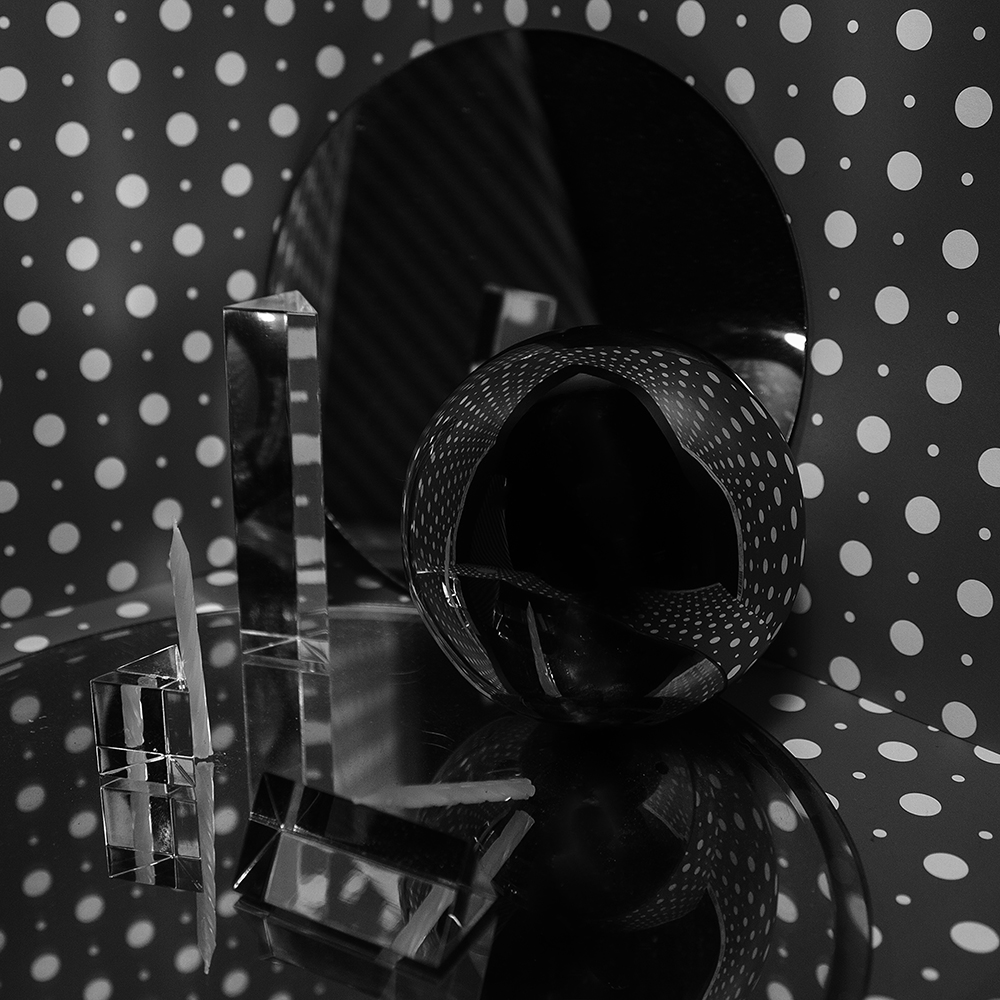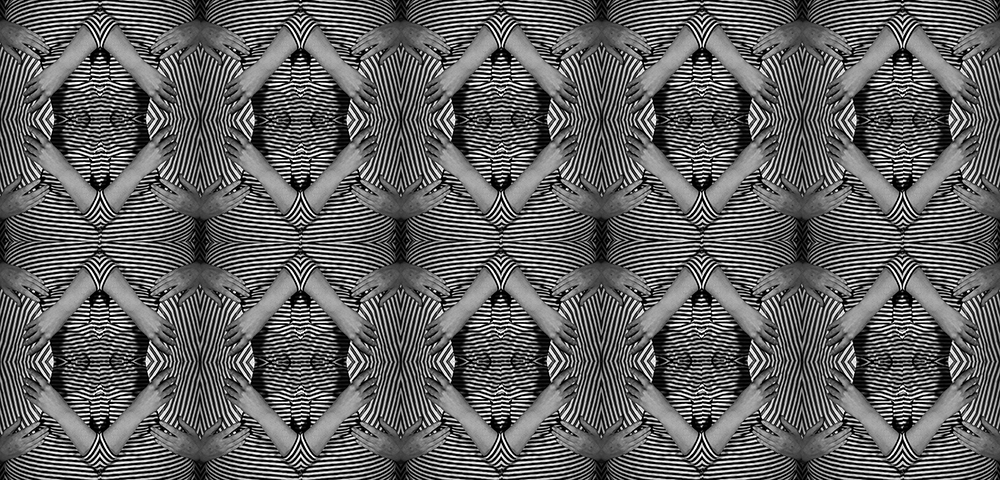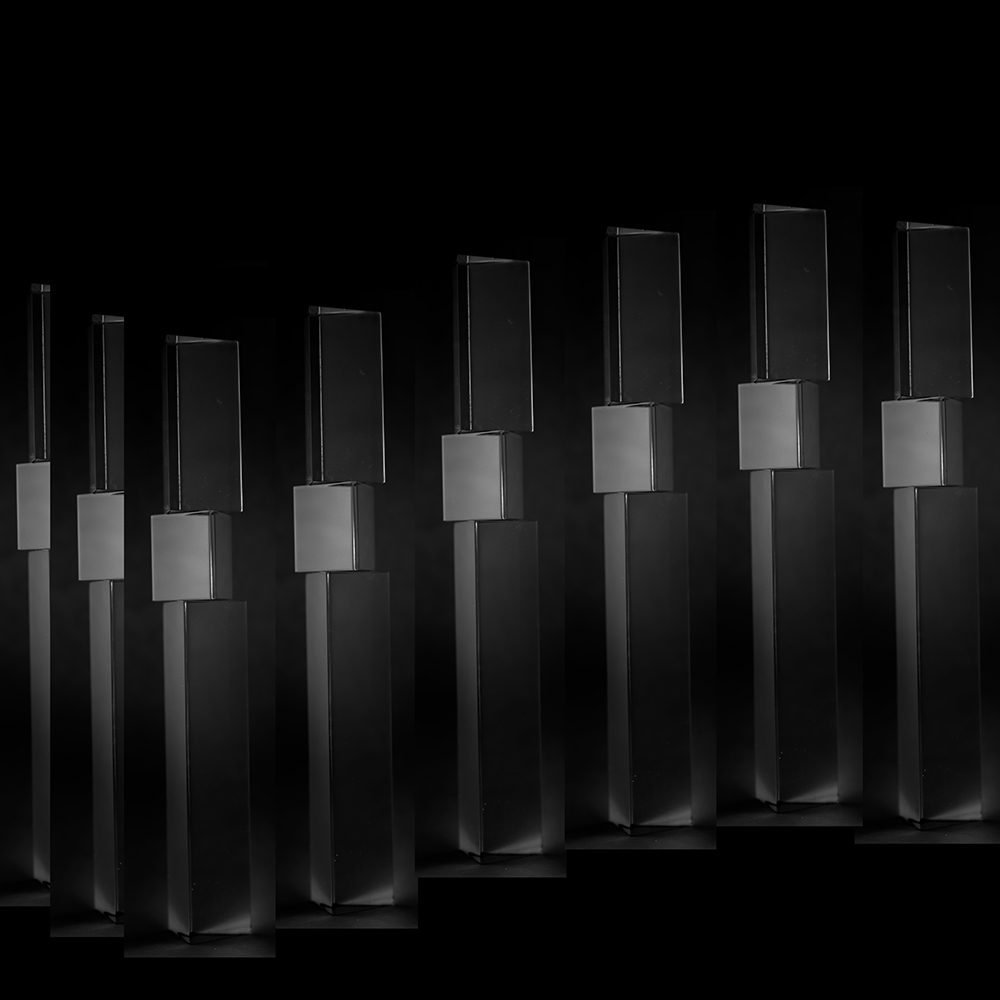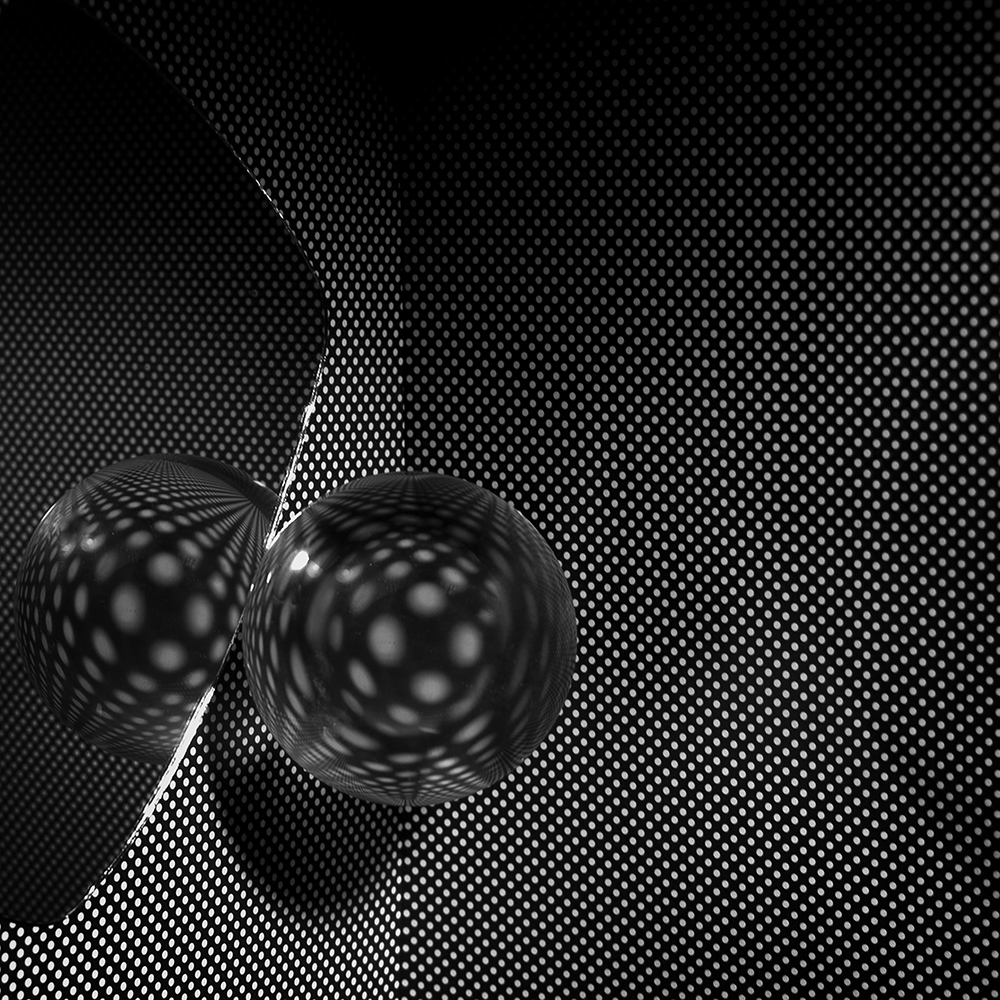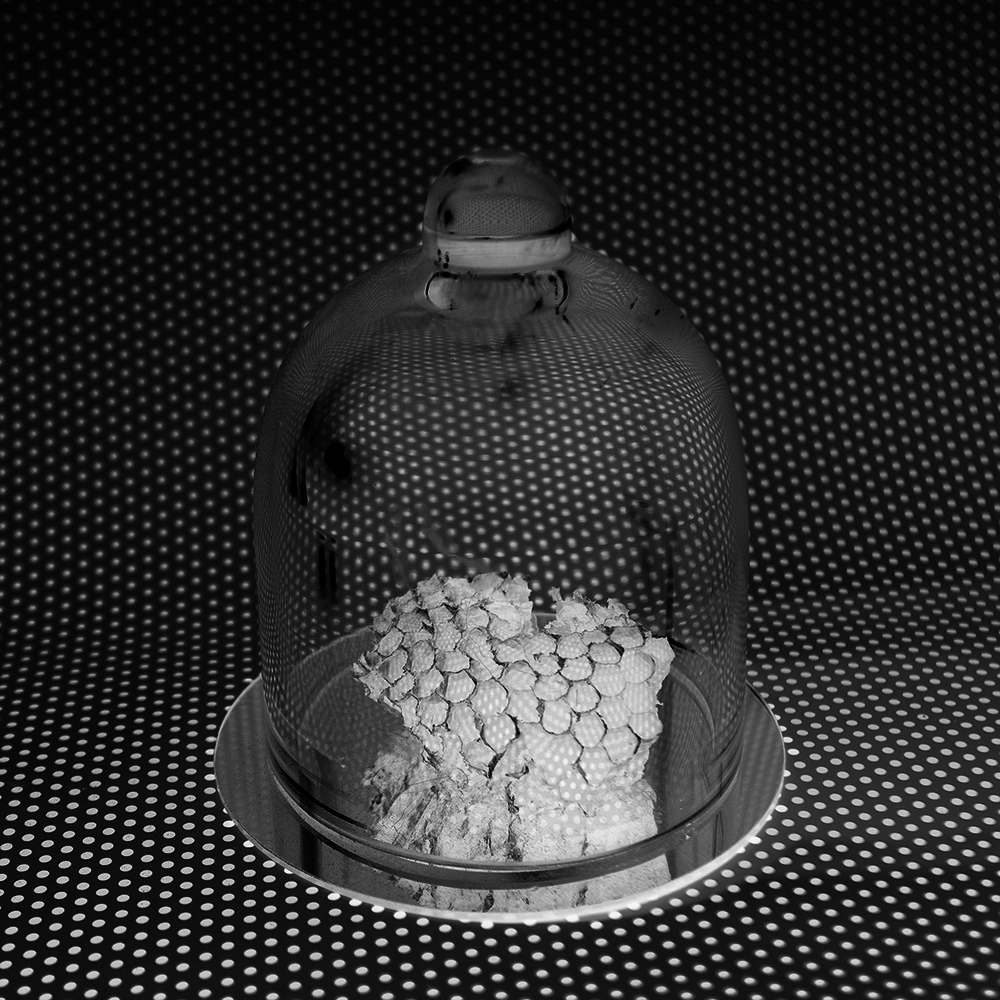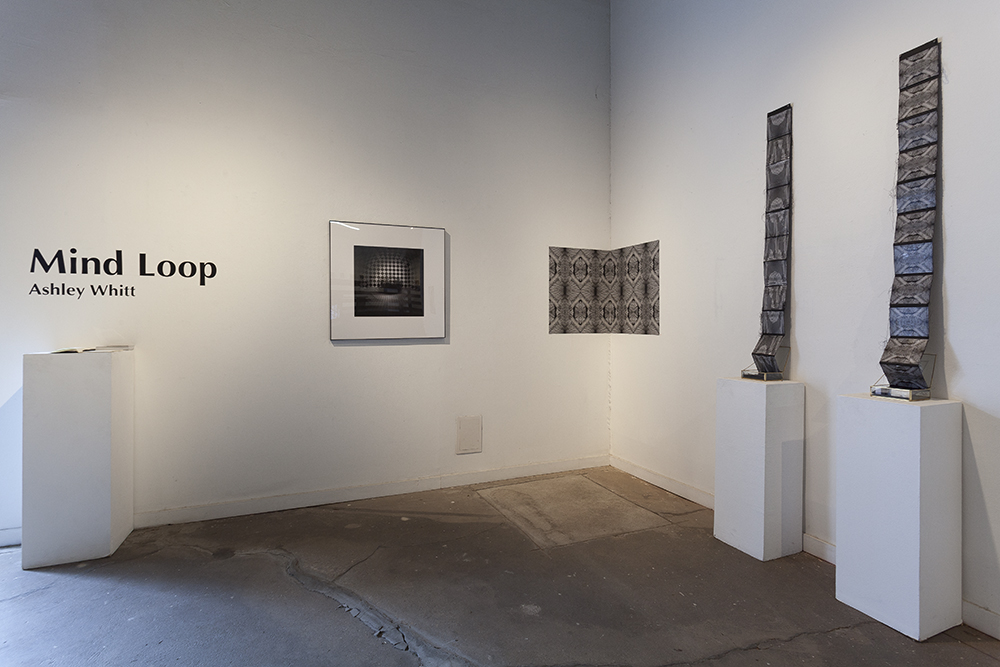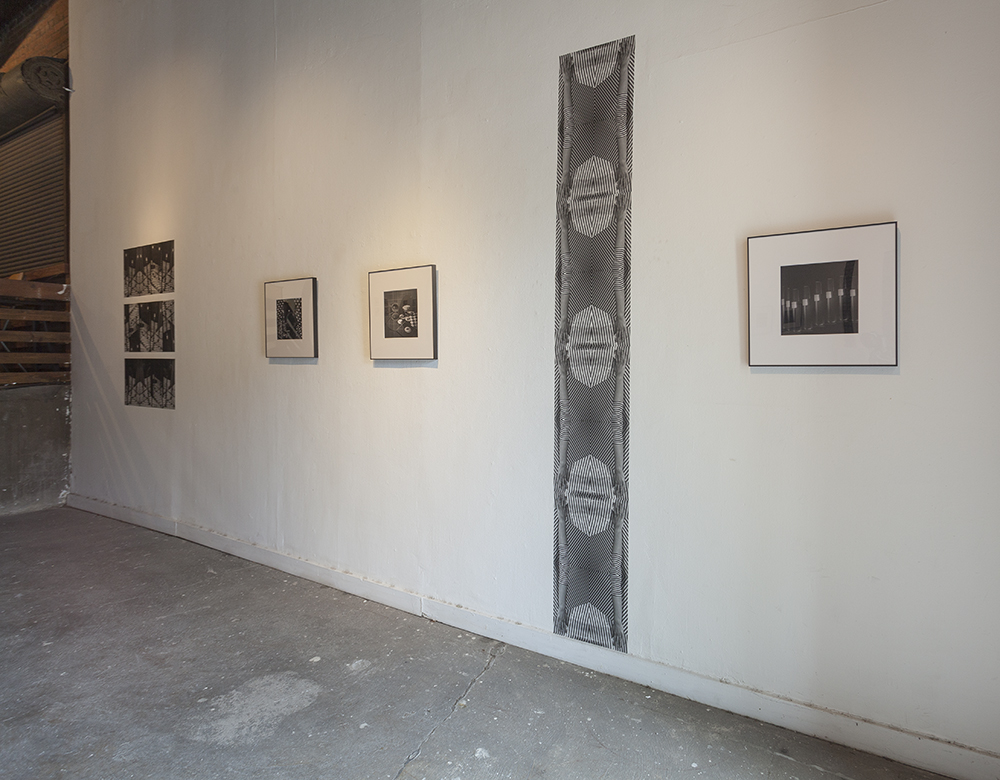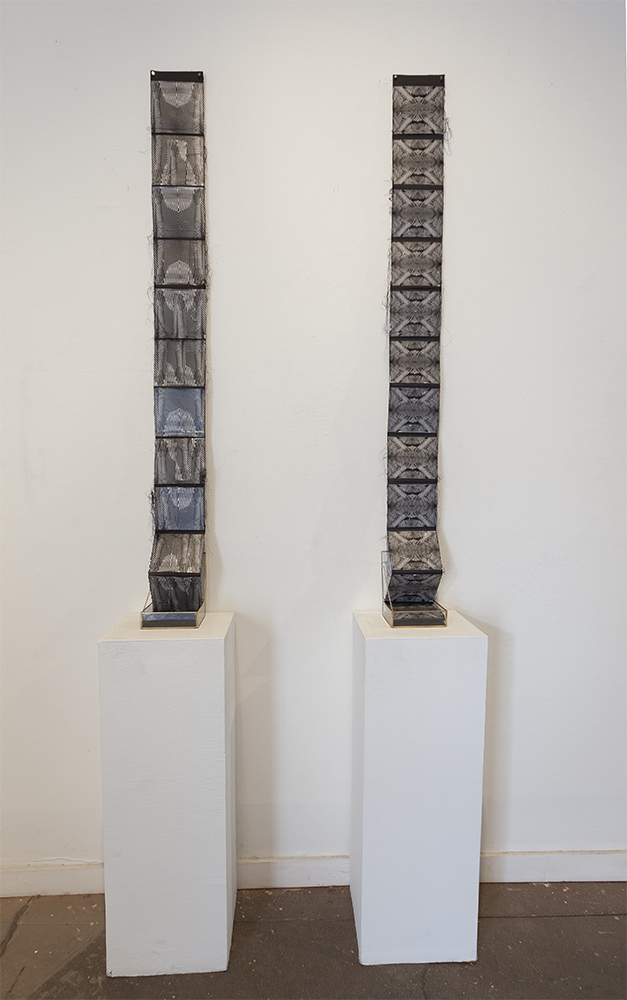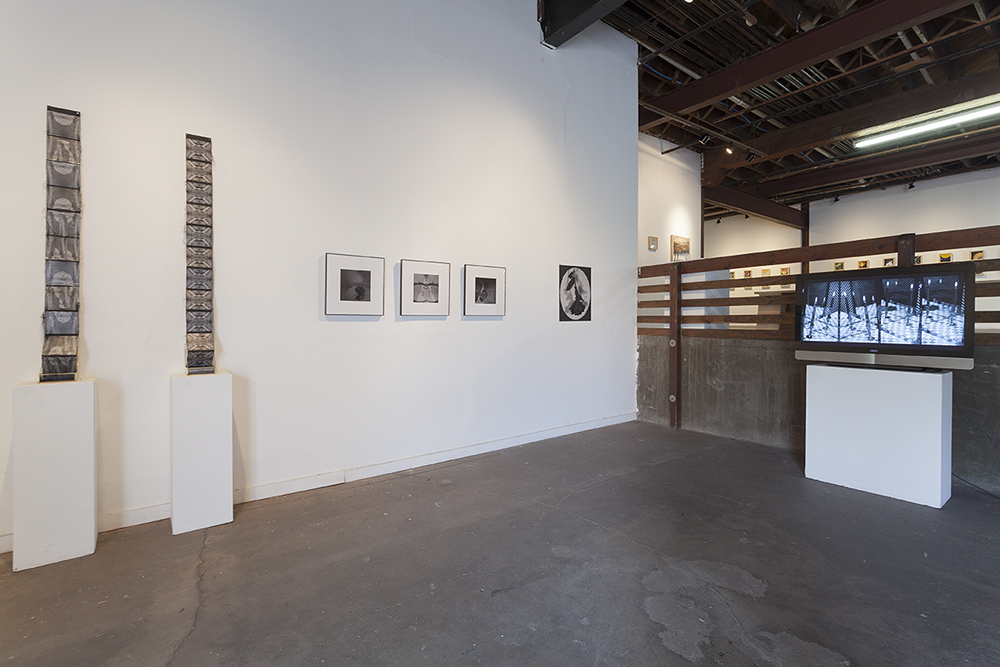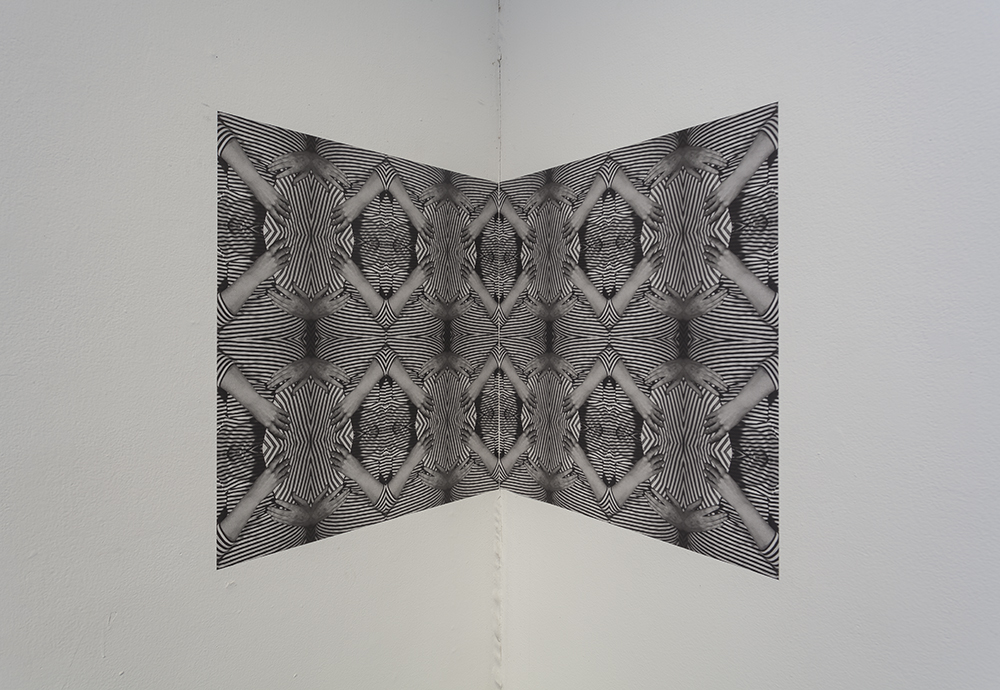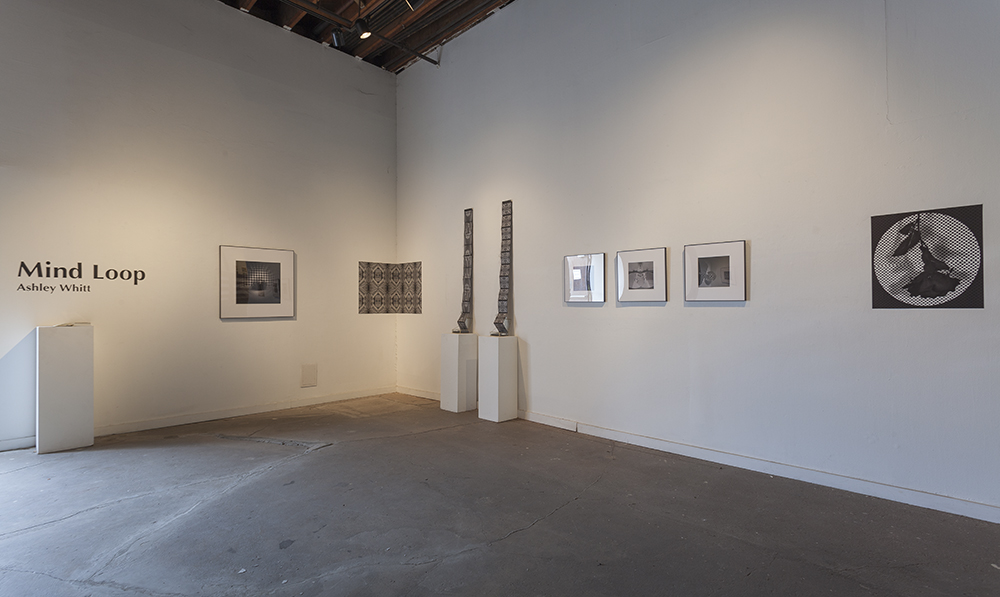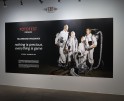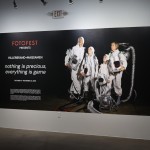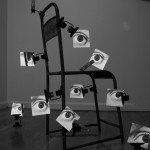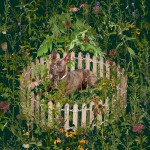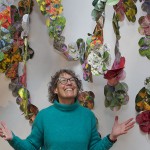Photographers on Photographers: Ashley Kauschinger on Ashley Whitt
For the entire month of August, photographers will be interviewing photographers–image makers who have inspired them, who they are curious about, whose work has impacted them in some way. I am so grateful to all the participants for their efforts, talents, and time. -Aline Smithson
Ashley Whitt’s work takes me into other worlds and physiological spaces that are usually surreal and sometimes scary, but always beautiful. Taking a deep dive into the subconscious mind, her work visually represents inner thoughts, dreams, nightmares, and feelings that aren’t easy to explain. If you’re lucky enough to see her work in person, her use of book arts, large scale vinyl, and video—along with traditionally framed pieces—creates a corporal experience for the viewer to enter.
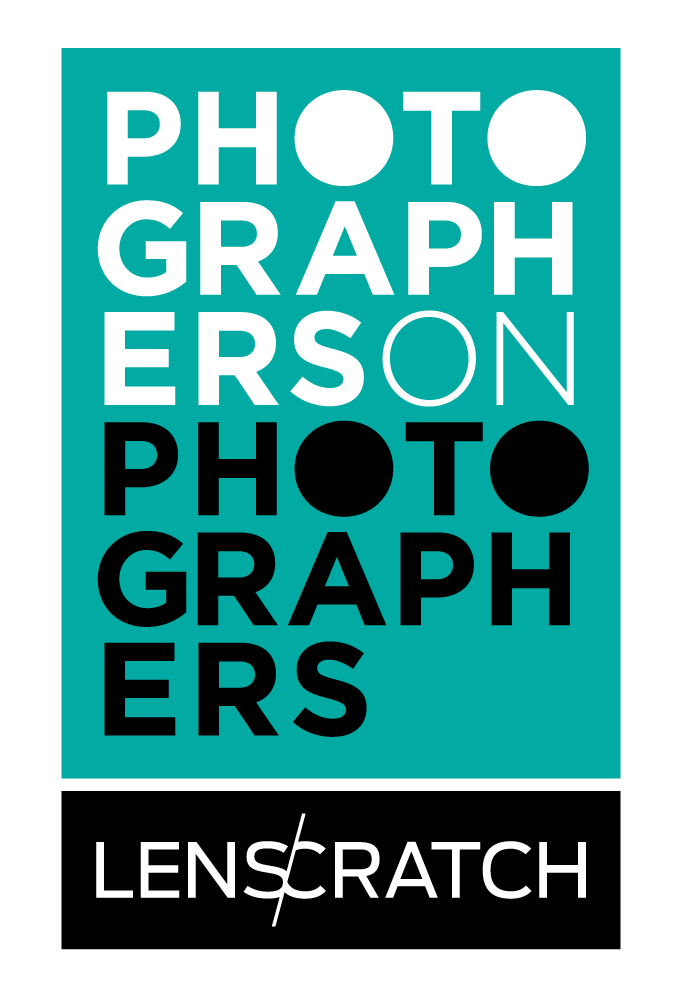 Ashley Kauschinger is a photographer and book artist that explores female identity and contemporary women’s voices. She received her BFA from Savannah College of Art and Design and her MFA from Texas Woman’s University. Her photographs have been exhibited nationally in venues such as the Light Factory and the Griffin Museum of Photography. She has been published in the PDN Photo Annual, the South Atlantic Review, and Lenscratch, among others. Her work is in the collections of Vanderbilt University and the Sir Elton John Collection.
Ashley Kauschinger is a photographer and book artist that explores female identity and contemporary women’s voices. She received her BFA from Savannah College of Art and Design and her MFA from Texas Woman’s University. Her photographs have been exhibited nationally in venues such as the Light Factory and the Griffin Museum of Photography. She has been published in the PDN Photo Annual, the South Atlantic Review, and Lenscratch, among others. Her work is in the collections of Vanderbilt University and the Sir Elton John Collection.
Ashley is also the Founding Editor of Light Leaked, an online photography magazine that creates dialogue and community. Ashley lives in Columbia, SC where she teaches at the University of South Carolina.
Ashley Whitt is a fine art photographer whose work deals with themes of duality within the self, psychological states, and mortality. She uses a variety of photographic techniques including solvent transfers, digital manipulation, sculptural bookmaking, and traditional darkroom processes. Ashley is a Texas native and currently resides in Dallas.
Ashley graduated from Texas Woman’s University where she earned her MFA in Photography in 2012. She graduated from UT Arlington with a BFA in Photography in 2009. Ashley is an educator and has served as a full-time Lecturer at Texas Christian University as well as an adjunct professor at multiple universities and colleges in the Dallas/Fort Worth area.
Recently Ashley’s series, The Haunted Mind, has been featured in several publications including The Hand Magazine and an interview in Fragmentary. Her work has been shown in group and solo exhibitions nationally and internationally including Texas, Vermont, California, Connecticut, China, and India.
Mind Loop explores the inability to escape certain memories or thoughts in one’s mind. Through self-portrait and still life photographs displayed as large wall vinyl, GIFs, and sculptural handmade books, the artist aims to interpret and make sense out of the absurd.
Inspired by Surrealism and Dadaism, Ashley Whitt seeks to subvert the viewer’s perception of reality and the rational. These images and moving stills aim to rationalize the irrational and turn the viewer’s perception on it’s head. Whitt invites the viewer to become immersed in an optical illusion. These illusions serve as metaphors for the absurdity we face in everyday life.
Ashley Kauschinger: What lead you to becoming an artist?
Ashley Whitt: Art has been a huge part of my life since I was a kid. I grew up carrying a sketchbook with me everywhere I went. When I began college, I thought I wanted to be an art historian, and was an art history major. My now husband was taking a photography class, and I went with him to the darkroom one day so he could pick up some prints, and the joke is that he couldn’t get me to leave. I wanted to know what all of the equipment was, how it worked, what the chemistry did to the prints, etc. The next day, I went to my advisor and switched my major from art history to photography. I was so intrigued by the medium and its ability to create a false sense of reality. Finding out that photographs were not always telling the truth fascinated me, and I wanted to create as many fictions as I could.
Experiencing tragedy is another factor that undoubtedly lead me to art. My entire life, my father has been an alcoholic. My mother was sick with cancer for most of my teenage years. Before my senior year of college, my mother passed away. These experiences had a profound effect on my art making practice and also impacted the decisions I made about my future. I decided I wanted to pursue a graduate degree and teach college level art. I attended Texas Woman’s University and studied with Susan kae Grant, an artist and educator who has shaped me into the artist I am today. The experience of tragedy, mental illness, and loss at an early age had an impact on me that I continue to explore through my art making process. Art has given me a way to express the pain I have experienced in a constructive way. Psychological states, mortality, and existence are some of the ideas I continually come back to within my work.
AK: Tell us a bit about your most recent body of work. How did it begin or grow out of your previous works, what is it about, and where did the inspiration come from?
AW: Mind Loop is my most recent body of work. It began in 2017 as a response to personal experiences as well as current events in the country and the world. I began by thinking of ways that I could reflect on these subjects in an abstract way. Unlike some of my previous series, this was made from purely digital capture and some Photoshop magic.
Mind Loop explores the inability to escape certain memories or thoughts in one’s mind. Traumatic memories, recurring nightmares, and repetitive obsessive thoughts serve as inspiration for the series. Through self-portrait and still life photographs displayed as large wall vinyl, GIFs, and sculptural handmade books, Mind Loop aims to interpret and make sense out of the absurd and subvert the viewer’s perception of reality and the rational. These images and moving stills aim to rationalize the irrational and turn the viewer’s perception on its head. The viewer is immersed in optical illusions. These illusions serve as metaphors for the absurdity we face in everyday life.
While making this series, I was inspired by the artists of the Surrealist and Dada art movements during the early 20th century. I looked at works by Man Ray, Berenice Abbott, Claude Cahun, and Philippe Halsman. I was also inspired by movies, specifically Blue Velvet, Forbidden Zone, A Clockwork Orange, and The Cabinet of Dr. Caligari.
The merging of digital and alternative processes fascinates me, and I incorporate those techniques into my own creative research. Bookmaking and collage are also part of my working methodology, and I am especially interested in sculptural bookmaking and the layering of multiple processes together in a series.
AK: How do you maintain motivation to keep making and sharing your art?
AW: It’s important for me to surround myself with people who inspire and motivate me to seek out opportunities and continue to grow as an artist. Having a group of colleagues that I can discuss and bounce ideas off of is critical to maintaining my focus. I would not be nearly as motivated if I didn’t have a supportive and inspiring tribe surrounding me. I also seek out work in galleries and museums to fuel my mind and creativity. It’s hard to have a lack of motivation when I see what great artists of the past and present have done, and I just want to keep up!
AK: How do you navigate the marketplace—finding galleries, exhibitions, exposure, etc?
AW: I constantly look for opportunities online and through galleries I know of in the Dallas/Fort Worth area. I am an avid list maker. Every week I make a new list of galleries I want to submit proposals to, exhibition call for entries, publications, etc. I apply to over 200 shows and publications a year, so I make sure that I stay on top of this every week. I also stay engaged with the arts community in Dallas. I’m currently a member and the president of 500X Gallery, the oldest artist run gallery in Texas. We are celebrating the 40th year of operation during our 2018-2019 season. This gallery has been passed down through generations of artists, and I am proud to be a part of it. Many artists who started out at 500X Gallery go on to be prolific artists with national and international acclaim. The legacy built at 500X Gallery is one that I am humbled to be a part of and I feel that this experience is helping me to navigate the art world, especially in the Dallas arts community.
AK: What defines success for you?
AW: I want to leave behind a body of work that I am proud of and reflects the goals I have as an artist— which are to connect with the viewer on a deep level and make the viewer question the reality of the image. I also want to leave behind a world better than I found it, through community service and educating future generations. The successful people I admire most are the people that do one or both. My mentor, Susan kae Grant, instilled in me the desire to be a role model to my students both as a person and as an artist. Her ability to teach a diverse group of students and also maintain an active studio practice are qualities I admire and strive to achieve in my own life.
One word that I continually come back to when thinking about success: persistence. As an artist who faces rejection almost daily, it’s so easy to get down on myself and stop trying. My personal definition of success is to continually set goals for myself and work toward those goals everyday until completion. I may fail sometimes (okay, maybe a lot), but I keep going. Out of the roughly 200 shows/publications a year, I usually get about 10-20 acceptance letters. Tons of rejection letters (and silence). But I have a mantra and a hashtag, and it’s this: #whittdontquit. I tell myself this mantra daily. It’s written on the wall in my studio. I have a list of goals for the year taped on my front door so that everyday when I leave my apartment, I see those goals and remember what I am working toward. It’s not always easy to keep going, but successful people don’t let setbacks or failure stop them. Successful people never give up.
AK: What is next for you?
AW: I have several shows I am preparing for in the fall. In August, I will show new works from Mind Loop in the annual Members Show at 500X Gallery. This show is a group show that features the works of the current 500X members. I also have a solo exhibition that opens on August 11th at Box13 Art Space in Houston, Texas. In September, Ross Faricloth and I have a two-person show exploring alternate realities called, A Persistent Illusion, opening at Tarleton State University in Stephenville, Texas. I’m also excited about a solo exhibition in December at Mesquite Arts Center in Mesquite, Texas (my hometown!).
AK: In true Lenscratch tradition, let’s end by describing your perfect day!
AW: My perfect day would be waking up with coffee, taking a walk with my husband and our dog, Jazzie, in the woods by our apartment, working for a few hours in my studio, and eating pizza for dinner with my friends and family! Thanks for the opportunity to share my work on Lenscratch, Ashley!!
Posts on Lenscratch may not be reproduced without the permission of the Lenscratch staff and the photographer.
Recommended
-
Ricardo Miguel Hernández: When the memory turns to dust and Beyond PainNovember 28th, 2025
-
Pamela Landau Connolly: Columbus DriveNovember 26th, 2025
-
Interview with Maja Daniels: Gertrud, Natural Phenomena, and Alternative TimelinesNovember 16th, 2025
-
Robert Rauschenberg at Gemini G.E.LOctober 18th, 2025
-
Hillerbrand+Magsamen: nothing is precious, everything is gameOctober 12th, 2025



